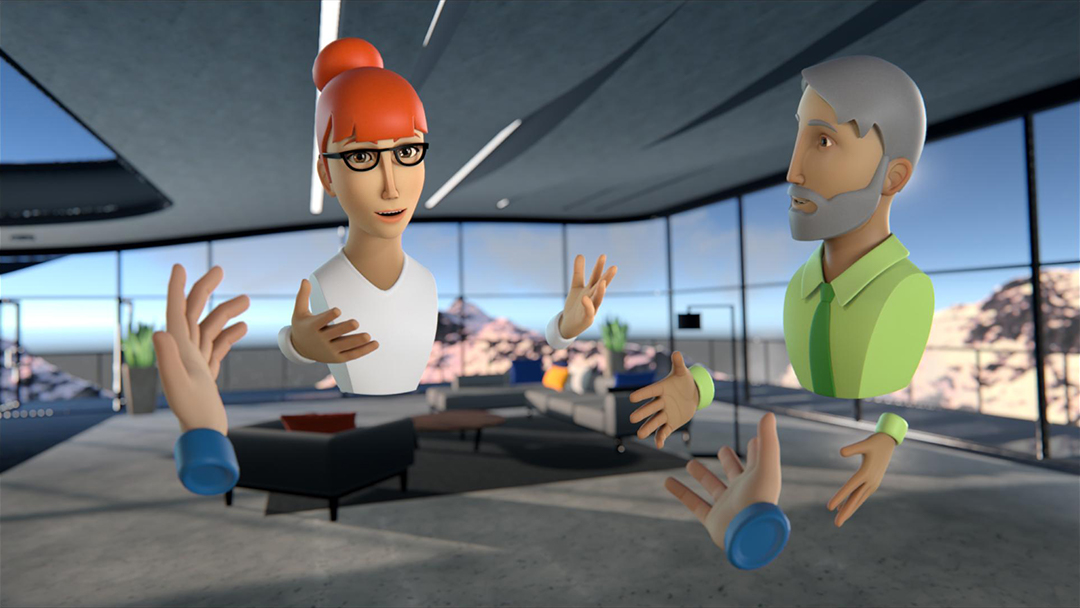1995: The information superhighway will mean anyone can do anything from anywhere.
2019: Must be willing to relocate to San Francisco.
This joke, or a form of it, has consistently done the rounds on the web, reminding us that workplace change has not necessarily played out quite as some of us expected.
Yet, even if the likes of IBM and BoA have reined in remote working, the broader trend is inescapable: most companies steer towards more distributed workforces to secure access to talent and specialized skills. In the U.S., some 63% of companies have remote workers. And by definition, multinational firms are dispersed across various hubs and offices.
For all the plusses, remote working also poses challenges for team leaders and dynamics. As Tsedal Neeley wrote in HBR, in multi-location, multi-cultural distributed teams, “communication can rapidly deteriorate, misunderstanding can ensue, and cooperation can degenerate into distrust.” Here, social distance – “the degree of emotional connection among team members” – is a strong factor in whether teams are happy and well-functioning.
Telepresence ≠ human presence
Advances in communication technologies have of course helped counter the negative effects of being far from others. From the telephone exchange to the “Picturephone” of the 1960s to the video calling software of today, a lot has changed in the way we communicate.
However, the core of the technology has not changed – you only see others through a two-dimensional screen without any further ways of interaction. This isolation still often renders us observers or presenters, at best.
To make matters worse, only a fraction of us decide to turn on the camera during these calls. We might blame a poor Internet connection or a bad hair day for that but, either way, it makes for a poor level of human presence. You don’t feel you’re truly there.
VR-led virtual collaboration can change that.
Stanford researchers have already shown that VR drives greater empathy and compassion between users compared to other media.
Now it’s time to expand the practical possibilities of using VR in a collaborative way. That’s why we’ve developed the Glue platform.
Glue is a virtual extension of the workplace designed to transform the way dispersed people and teams work together.
A virtual extension to your workplace
In Glue, all collaboration takes place within a shared virtual space. This is the key difference from traditional communications solutions.
In audio or video calling systems, meetings are dimensionless and transient. Glue provides virtual spaces in which teams collaborate. These spaces are immersive 3D environments that can either be selected from a library provided by our in-house art team or custom-built to your needs.
Users are represented as computer generated avatars. Despite being computer generated, our brain tends to process the virtual human representations as actual people. This means we exhibit natural behavior and responses when interacting with colleagues.(1)
In virtual environments, user behavior may also be affected by the characteristics of the virtual body they’re representing. Despite the actual facts of the artificial nature of their experience, the behavior of a user embodying an avatar usually follows the virtual self-representation regardless of the actual physical self.(2)
This so-called Proteus Effect tends to lead users to adopt beliefs and attitudes fitting their virtual representations whether or not they fit their actual representation, though individuals may prefer to embrace desired aspects of their embodied avatar and desist some undesired traits.(5)
We believe it’s vital to acknowledge the role the Proteus Effect plays in a virtual representation of a team member. The risk of the “uncanny valley”, an eerie user experience where a digital representation imperfectly resembles human behaviour, grows substantially if the avatars aim for being a perfect clone of the real-world user. (4)
To counteract the “uncanny valley” we let our users choose their appearance from a library of different computer generated avatars. Having equality close to our hearts, our library of avatars includes avatars from both sexes and all ethnic appearances – everyone can be themselves.
In the end, it’s the people that make the experience. At Glue, we want to give people the true sense they are there with their teammates even when they’re thousands of miles apart. That’s the basis for high-quality interactions through which people can more effectively learn, share and co-create.
Sources:
1. Gonzalez-Franco, M., Bellido, A.,Blom, K., Slater, M. and Rodriguez-Fornells, A.2016. The Neurological Traces of Look-Alike Avatars. Frontiers in Human neuroscience. Available at: https://europepmc.org/abstract/med/27536228
2. Fox, J., Bailenson, J.N., & Tricase, L. 2013. The embodiment of sexualized virtual selves: The Proteus effect and experiences of self-objectification via avatars.Computers in Human Behavior., 29, 930-938. Available at: https://vhil.stanford.edu/pubs/2013/the-embodiment-of-sexualized-virtual-selves/
3. Yee, N. & Bailenson, J. 2013. The Proteus Effect: The Effect of Transformed Self-Representation on Behavior Department of Communication, Stanford University, Stanford Available at: https://vhil.stanford.edu/mm/2007/yee-proteus-effect.pdf
4. M. Mori, The uncanny valley. Energy, vol. 7, no. 4, pp. 33–35, 1970 Available at (translated version): https://pdfs.semanticscholar.org/30b2/56f24fee21029c5e63d396b9e737f21f7764.pdf
5. Tiilikainen, O. 2019. Virtual Reality Embodies Empathy in the Workplace. Valamis Group. Available at: https://www.valamis.com/blog/virtual-reality-embodies-empathy-in-the-workplace


